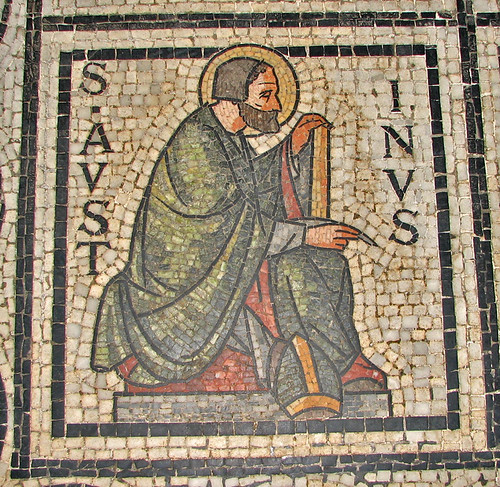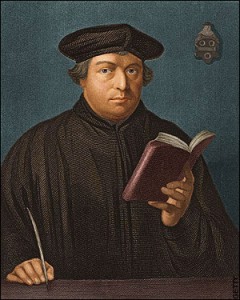They were started by Sylvester Gozzolini (1177 - 1267), who chose the religious life fairly early. His father's wish was that he study law, but that goal did not appeal, and he decided to study theology (causing his father to refuse to speak to him for ten years). He joined the Augustinians at Osimo Cathedral in Osimo, a town on the Adriatic, but in 1227 left that group to live a life as a hermit.
This 50-year-old man living an austere life—sleeping on the ground, living on herbs and water, praying all day—drew disciples to him. In 1231, a vision of Benedict of Nursia inspired him to form a community with his followers. Finding an old pagan temple at Monte Fano, Fabriano, Italy, he demolished it and built a monastery.
He followed the Rule of St. Benedict, but was far more strict on the subject of poverty. Pope Innocent IV approved the order, calling it the Ordo S. Benedicti de Montefano, "Order of St. Benedict of Mount Fano." Another difference from other Benedictine groups is the wearing of a dark blue habit instead of black. By the time of Sylvester's death, there were almost a dozen monasteries founded along his system.
Although surviving mostly in Italy, they did send missionaries outside of Europe. They currently have missions in Ceylon, the United States, Australia, India, the Philippines, and the Democratic Republic of Congo. The statue of Sylvester shown here is on the grounds of St. Sylvester's College in Sri Lanka, a boys school founded in 1940 with 6000 students.
He was canonized in 1598 by Pope Clement VIII, and his feast day is 26 November.
The next and last member of the Benedictine Confederation we will look at is the English Benedictine Congregation, which although founded in 1216, can be called the oldest member of the Confederation, even though the Vallombrosians were founded in 1036 and the Camaldolese in 980! I'll explain tomorrow.








